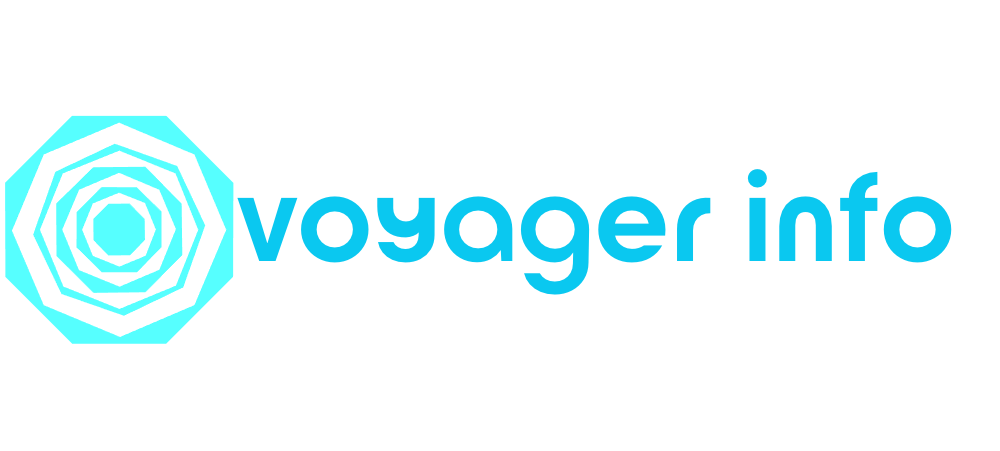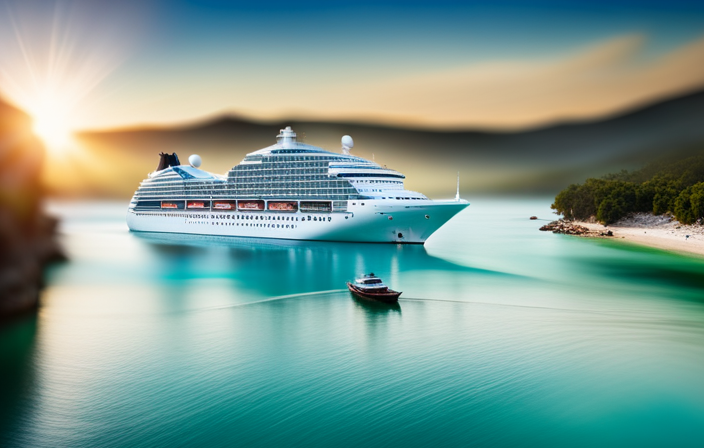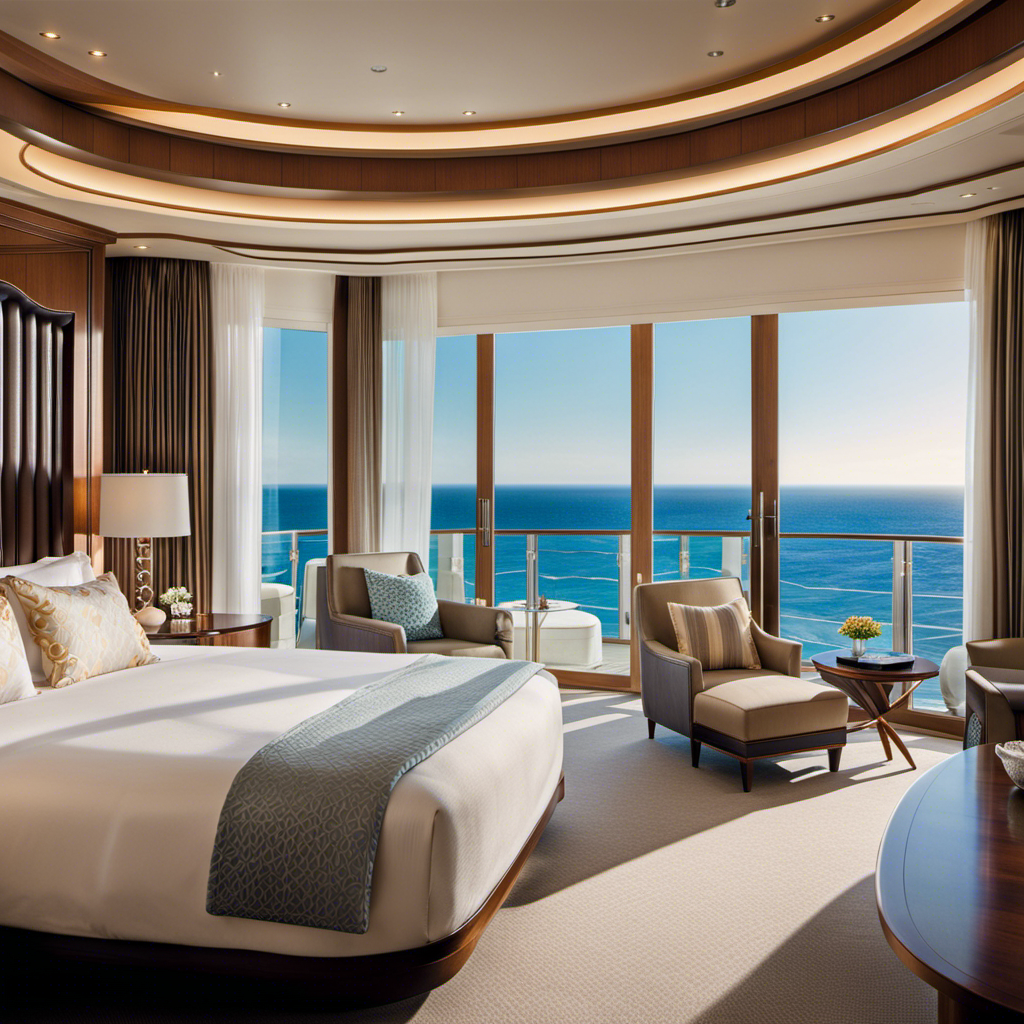As someone who has traveled extensively, I am fascinated by the distinct language and terminology used within the cruising community. The term ‘tendered’ always catches my attention and I often wonder about the significance of ports requiring tendering. Have you ever pondered this as well?
Well, wonder no more! In this article, I will delve into the definition of ‘tendered’ in the cruise industry and shed light on the process involved. We will explore why some ports necessitate tendering, how it affects your overall cruise experience, and even offer tips on making the most of a tendered port.
Join me as we navigate through the intricacies of tendering, debunk common misconceptions, and discuss alternatives to this process. Together, let’s uncover the future of tendering in the cruise industry and gain a deeper understanding of this fascinating aspect of our oceanic adventures.
Key Takeaways
- Tendering on a cruise is often misunderstood and not always a hassle or time-consuming.
- Cruise lines have streamlined the tendering process for efficiency, with well-organized queues and efficient boat transfers being common.
- There are alternatives to tendering in certain ports, such as dedicated piers for direct docking or shuttle boats and water taxis for transportation.
- The future of tendering includes advancements in technology and infrastructure, such as virtual reality tours of ports and improved docking facilities, aiming to provide a seamless and enjoyable experience for passengers.
The Definition of ‘Tendered’ in the Cruise Industry
Tendered means that you’ll get to experience the thrill of stepping off the cruise ship and onto a smaller boat, allowing you to explore hidden gems and feel the excitement of being out on the open water. This process is commonly used when a cruise ship cannot dock directly at a port due to shallow waters or limited space. Instead, the ship anchors offshore, and smaller boats, known as tenders, transport passengers to and from the shore.
Understanding the process of tendering is important for cruise passengers. It involves waiting for your turn to board a tender, disembarking from the ship, and following instructions from the crew. The benefits of tendering include accessing ports that are not accessible to larger ships, enjoying a more intimate experience, and having the opportunity to explore unique destinations.
Now, let’s delve deeper into understanding the process of tendering and how it enhances your cruise experience.
Understanding the Process of Tendering
Hop on over to the edge of the ship and prepare yourself for a wild ride as you’re whisked away on a thrilling adventure to the stunning shores, all while being transferred in a small boat known as a tender! Understanding the tendering process is essential to fully appreciate this unique experience. When a ship is unable to dock directly at a port due to shallow waters or lack of docking facilities, it anchors offshore and passengers are transported to the shore via these tenders. This process involves carefully coordinating the arrival and departure of the tenders, ensuring the safety and comfort of the passengers.
To give you a better idea, let’s take a look at a table that outlines the benefits of tendering:
| Benefits of Tendering |
|---|
| Access to smaller ports |
| Unique coastal views |
| Enhanced privacy |
Now, let’s transition into the next section about why some ports require tendering.
Why Some Ports Require Tendering
Get ready to be captivated by the enchanting allure of certain ports that require tendering. You’ll have the opportunity to immerse yourself in their unspoiled beauty and experience a sense of exclusivity like never before.
Ports that require tendering often possess a unique charm that is worth the extra effort. However, the decision to tender is not solely based on aesthetics.
Port accessibility plays a significant role in determining whether tendering is necessary. Some ports may lack the infrastructure to accommodate large cruise ships, making it impossible for them to dock directly at the port.
Additionally, tendering can also be influenced by weather conditions and the size of the ship. While tendering may add an extra step to your cruise experience, it allows you to explore hidden gems that would otherwise be inaccessible.
How Tendering Affects Your Cruise Experience
Prepare yourself for an experience like no other as you dive headfirst into the swirling vortex of uncertainty and inconvenience that tendering brings to your supposedly relaxing cruise adventure.
Tendering logistics can significantly impact your cruise itinerary, as it involves transferring passengers from the ship to shore using smaller boats called tenders. Depending on the port, this process can take time and may result in delays or changes to your planned activities.
It’s crucial to be aware of the tendering schedule and listen for announcements to ensure you don’t miss your tender back to the ship.
However, don’t fret! Tips for making the most of a tendered port will help you navigate this unique aspect of cruising seamlessly.
Tips for Making the Most of a Tendered Port
Maximize your time at a tendered port by researching and prioritizing the activities and attractions you want to experience. Before arriving at the port, gather information about the local culture, landmarks, and must-see spots. This will help you make the most of your limited time ashore. Once you have a list of must-visit places, create a game plan to ensure you don’t miss out on anything. Consider factors like distance, popularity, and opening hours when prioritizing. To evoke an emotional response and make your planning more engaging, take a moment to imagine yourself enjoying each activity or attraction. Picture the sights, sounds, and smells. To help you get started, here’s a table with some popular tendered ports and their top attractions:
| Port | Top Attractions |
|---|---|
| Santorini | Oia village, Red Beach, Fira town |
| Bora Bora | Mount Otemanu, Matira Beach, Lagoon |
| Venice | St. Mark’s Square, Doge’s Palace |
| Great Barrier Reef | Snorkeling, Diving, Whitehaven Beach |
| Amalfi Coast | Positano, Amalfi Town, Ravello |
By following these tips and tricks, you’ll be able to make the most of your time at a tendered port and create unforgettable memories. Now, let’s delve into the potential challenges of tendering.
Potential Challenges of Tendering
Navigating the process of tendering can present a multitude of challenges. From unpredictable weather conditions to limited availability of tender boats, these challenges can have a significant impact on your experience at a tendered port.
One of the main challenges is the potential for delays caused by rough seas or adverse weather conditions. This can result in a shorter time ashore or even cancellation of the port visit altogether.
Additionally, tender boats have limited capacity, which can lead to long wait times and overcrowding. It’s important to plan accordingly and be prepared for these challenges to avoid disappointment.
Despite these potential challenges, tendering also has its benefits. Especially for smaller ports that cannot accommodate large cruise ships, tendering allows access to unique cultural experiences and a more intimate atmosphere. These ports are often worth the extra effort.
The Benefits of Tendering for Smaller Ports
Tendering allows for a more personalized and immersive experience at smaller ports, where you can truly embrace the local culture and atmosphere. The benefits of tendering in these ports are numerous. Firstly, it provides an opportunity to explore hidden gems that are not accessible by larger cruise ships. This means you can discover unique attractions, charming cafes, and picturesque landscapes that are off the beaten path. Secondly, tendering allows for a more intimate interaction with the locals, giving you a chance to learn about their customs, traditions, and way of life. Finally, smaller ports often have fewer tourists, resulting in a less crowded and more relaxed atmosphere. To make the most of your tendering experience, here are some tips: research the port in advance, be prepared for potential delays, and embrace the spontaneity of exploring lesser-known destinations. By understanding the benefits and following these tips, you can fully enjoy the wonders of tendering. Now, let’s debunk some common misconceptions about tendering.
Common Misconceptions About Tendering
When visiting smaller ports on a cruise, tendering can offer numerous benefits, as I discussed in the previous section. However, there are several common misconceptions about tendering that I would like to address.
One misconception is that tendering can significantly impact the cruise itinerary. While it is true that tendering requires additional time and coordination, cruise lines are well-prepared for this process and factor it into their schedules.
Another misconception is that tendering is always a hassle and time-consuming. In reality, cruise lines have streamlined the tendering process to ensure efficiency and minimize any inconvenience to passengers. To illustrate this, let me share two important points:
-
Tendering is often a seamless operation, with well-organized queues and efficient boat transfers.
-
Cruise lines prioritize the comfort and safety of their passengers during the tendering process.
Understanding these misconceptions can help alleviate any concerns about tendering and allow passengers to fully enjoy their cruise experience.
Now, let’s explore alternatives to tendering in certain ports.
Alternatives to Tendering in Certain Ports
Imagine stepping off the ship onto solid ground, feeling the warm sand beneath your toes and the gentle breeze on your face as you explore the vibrant streets of the port city. While tendering is a common method of disembarking in many ports, there are alternatives that can enhance your experience. Some ports have invested in building dedicated piers, allowing cruise ships to dock directly, eliminating the need for tendering. This not only saves time but also provides a more convenient and comfortable experience for passengers. Additionally, some ports have implemented shuttle boats or water taxis as an alternative to tendering. These options offer a unique way to reach the shore while enjoying scenic views of the coastline. Considering the logistics of tendering alternatives can greatly enhance your cruise experience, making your time ashore even more enjoyable. Looking ahead, advancements in technology and infrastructure will continue to shape the future of tendering in the cruise industry.
The Future of Tendering in the Cruise Industry
As I step onto the dock, I witness a transformation in the cruise industry’s disembarkation process. New technologies and infrastructure are redefining how passengers reach the shore.
The future of tendering in the cruise industry is evolving rapidly, driven by future trends and technological advancements. Cruise lines are investing in innovative solutions to enhance the guest experience and streamline the tendering process.
One exciting development is the use of virtual reality to provide passengers with a virtual tour of the port before they even step foot on land. This allows them to plan their day and explore different attractions in advance.
Additionally, advancements in docking facilities and tender boats are improving efficiency and reducing waiting times.
With these advancements, the future of tendering promises a more seamless and enjoyable experience for cruise passengers.
Frequently Asked Questions
How do I know if my cruise ship will require tendering at a certain port?
To determine if my cruise ship will require tendering at a specific port, I can check the itinerary provided by the cruise line. They usually mention if the ship will use smaller boats for transportation in certain ports, known as the tendering process.
Are there any additional costs associated with tendering?
There may be additional charges associated with the tendering process on a cruise. These charges can vary depending on the cruise line and port. It’s important to check with your cruise line for specific details.
Can I still go ashore if I choose not to tender?
Yes, you can still go ashore even if you choose not to tender. There are alternative transportation options available such as shuttle buses or water taxis that can take you to the port.
Is there a limit to the number of passengers who can tender at once?
There is typically a limit to the number of passengers who can tender at once due to cruise ship capacity and the tendering process. This ensures a smooth and efficient operation for those who choose to go ashore.
What happens if bad weather prevents tendering at a port?
If bad weather prevents tendering at a port, compensation and alternative activities are typically offered. Passengers may receive a refund or credit, and the cruise line will organize other onboard activities to ensure an enjoyable experience.
Conclusion
In conclusion, tendering on a cruise is a unique experience that adds a touch of adventure to your journey. It allows you to explore ports that are not accessible to larger ships, granting you the opportunity to discover hidden gems and off-the-beaten-path destinations.
While it may require some extra planning and patience, tendering is well worth the effort. So, embrace the process, immerse yourself in the beauty of these tendered ports, and let the rhythm of your cruise take you on a remarkable voyage of discovery.
Claire, a creative soul with an unquenchable thirst for storytelling, is an integral part of the Voyager Info team. As a dedicated writer, she weaves captivating narratives that transport readers to enchanting cruise destinations and beyond.
Claire’s love affair with writing began at an early age when she discovered the magic of words and their ability to craft worlds and emotions. Her innate curiosity led her to explore various literary genres, but it was travel writing that truly captured her heart. Drawing inspiration from her own globetrotting adventures and encounters with diverse cultures, Claire embarked on a journey to become a travel writer par excellence.











